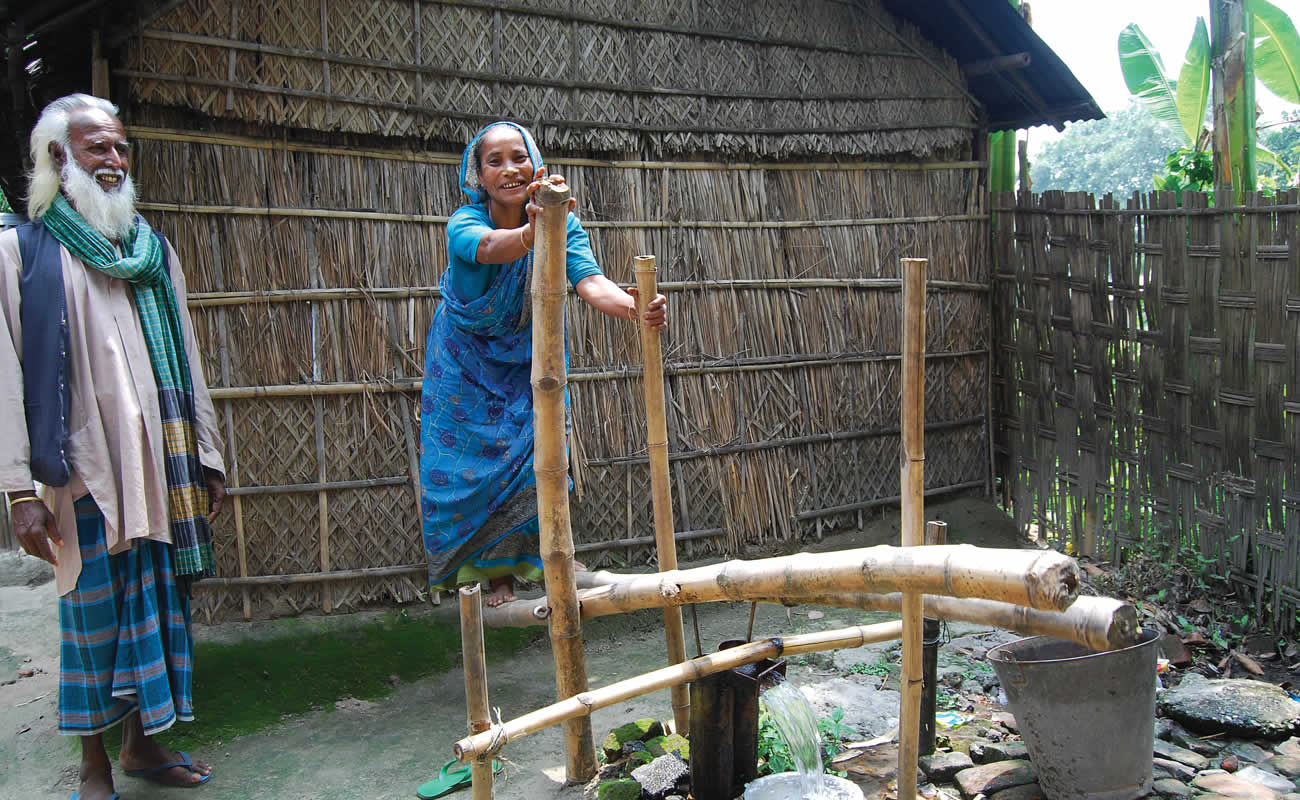As ethical travelers, we’re always looking to give back to the people and places we visit. The classic problem with international charity efforts is that they can fail to create local buy-in, and particularly fail to achieve a sense of local ownership of the new project. We’ve all heard about the unintended consequences of do-gooder projects imposed from outside.
Sometimes the results are just wasteful. You’ve probably heard of anti-malaria mosquito nets, given to the rural poor at great effort and expense, but unused by locals who aren’t in the habit of using them.
Sometimes the results move beyond wasteful and on to horrifying: fake orphanages are a big scam in Asia right now, run by folks who have no interest in the children, but who simply target naive, rich tourists who want to help.
As concerned travelers, we can and should do better when we act charitably.
One good strategy is entrepreneurship-based giving. This is a “helping those who help themselves” approach, which directly empowers the poor. In many cases, this market-based approach seems to just plain work better.

Take the case of water. Not drinking water, but water for agricultural irrigation. In many parts of the world, poor farmers have no access to municipal water, nor can they afford fancy electric or diesel pumps meant for larger farms. Many poor farmers only plant one crop per year, because they have only the seasonal monsoon to water their crops. These small farmers struggle for the rest of the year, often migrating far from home to work as day laborers. Those who stay behind irrigate farmland by carrying buckets. Only the smallest gardens can be supported this way.
Entrepreneurial Pump Programs Help Poor Farmers
Human-powered pumps allow the poorest farmers to irrigate more land than they can manage with buckets alone. The simple and cheap pumps can be purchased in many developing nations for about 10 percent of a subsistence farmer’s annual income. The pumps pay for themselves in a few months. Such low-cost micro-irrigation equipment lets farmers plant two to three crops per year on their same tiny plots.
The Wall Street Journal recently told the story of Tep Vey, a poor farmer living just outside of Phnom Penh, Cambodia. He owns a handful of small fields around his hut, and a few larger ones nearby. He struggled to get by, dependent on rain, until he finally invested in a foot pump. “The crude pump, which could easily be mistaken for a broken section of the wobbly stick fence next to it, cost $10, which he had to borrow. An additional $40 went into boring a hole to reach the water underneath his land. But Mr. Vey recouped his investment in one season. Now the fields near his hut, which used to lie fallow during the dry season, yield a crop of cucumbers, cabbages, long beans and dry-season rice that puts an extra $100 in his pocket each year.” Mr Vey is using the extra money to send his children to school, so that the next generation can move into the middle class. Having myself grown up on the remains of my family farm, I love this story.

Market-based approaches like this create a whole economic ecosystem: builders (who manufacture the technology), dealers (local shopkeepers, traveling salesmen) and mechanics and well drillers (who install the technology at farmer’s field). Together, this supply chain has an impressive economic upside. Human-powered pumps have become one of the biggest success stories in market-based approaches to poverty alleviation. Millions of these pumps are now in use worldwide.
Want to help poor subsistence farmers improve their lives, and raise themselves from poverty? These are entrepreneurs, so charity may not be the answer. But perhaps we can help financially. Most entrepreneurs struggle with capital. Loan programs for the poorest of the poor barely exist. But they do exist, and they seem to be a good way to help.
If you’d like to lend money to a farmer, try Kiva.org‘s micro lending program. A Kiva search for “irrigation” shows many entrepreneurs seeking to borrow. These aren’t folks who need $50, but who need roughly $1500. You can loan a small part of that. If enough other lenders also support a given project, that loan gets funded.
If you prefer to directly support a nonprofit who specializes in entrepreneurship-based anti-poverty programs worldwide, take a look at International Development Enterprises.They claim to have helped 20 million people move out of poverty by operating like a business would. But they say that isn’t enough: “Compared with 2.7 billion people who live on less than 2 dollars a day, which is 40 percent of the world’s population, that’s a drop in the bucket.” If you would like to support the work of International Development Enterprises, you can donate through their website.
Read Ethical Traveler's Reprint Policy.
